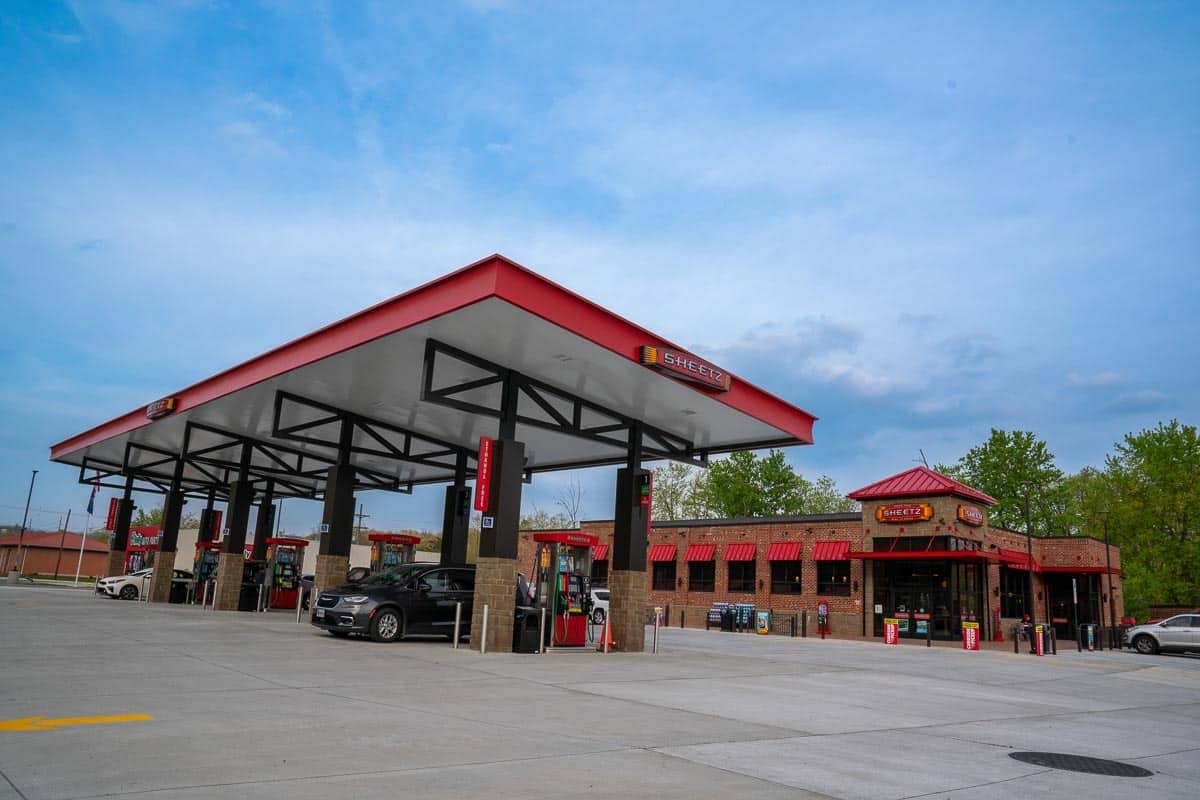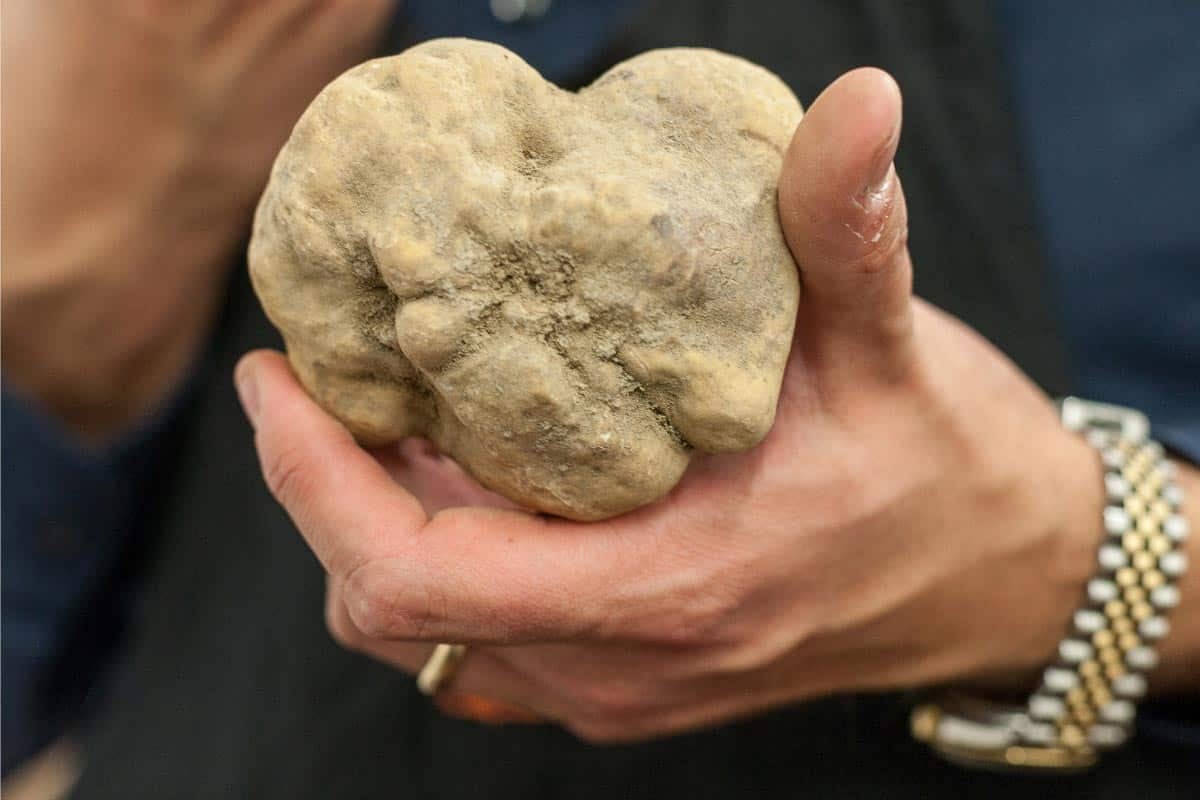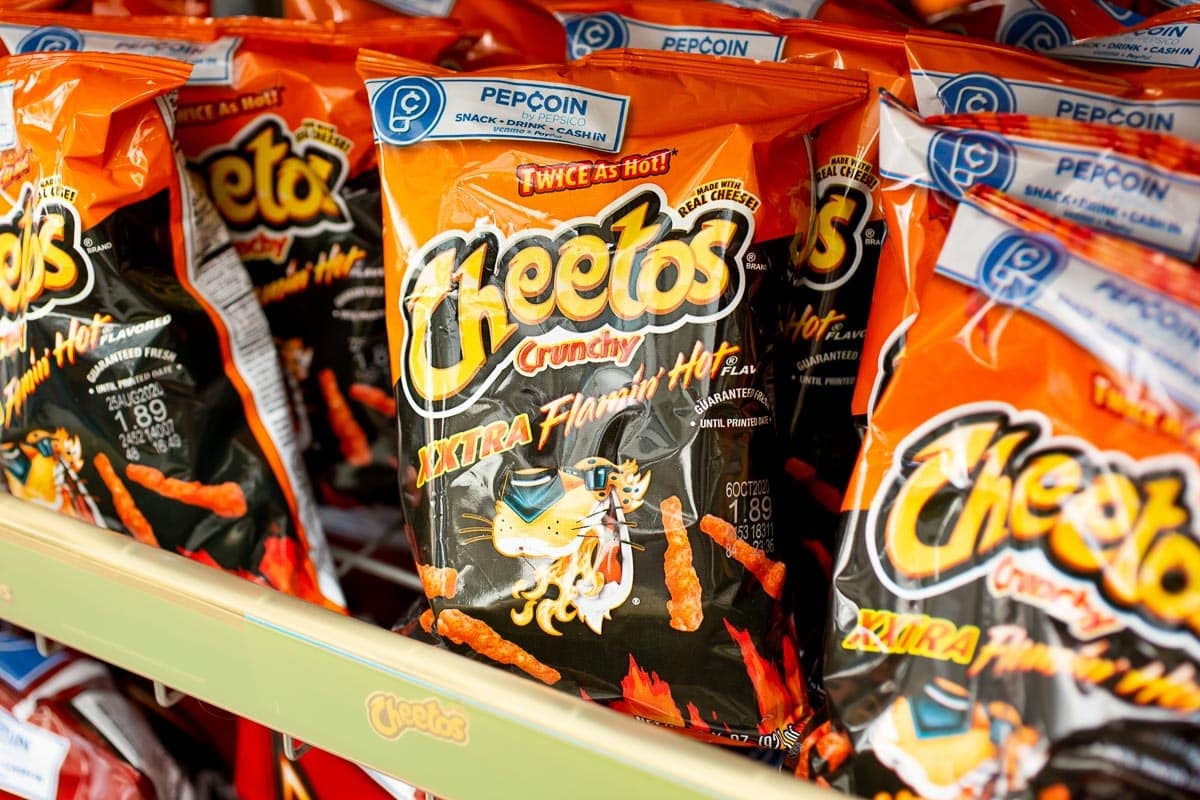Strikes are a powerful tool for workers to express their dissatisfaction with their employers and demand better wages, benefits and working conditions. Strikes can also influence public opinion, shape social movements and challenge the status quo.
Throughout U.S. history, workers from various sectors and industries have gone on strike to fight for their rights and dignity, often facing violent repression, legal obstacles and economic hardships. Some of these strikes have resulted in significant victories for the workers and the labor movement, while others have ended in defeat or compromise.
Largest Historical Strikes

Current strikes also echo some of the largest and most consequential strikes in U.S. history, which involved hundreds of thousands of workers from railroad, steel, textile, mining and postal industries. These strikes had a lasting impact on the labor movement, the workplace and the society. In this article, we will list the strikes that are currently active and explore the 10 biggest strikes in U.S. history, based on the number of workers involved.
But First, Who Is On Strike Now?

Currently, there are several strikes going on in the U.S., involving workers from health care, cereal, film and TV, coffee and coal industries. These workers are seeking to improve their pay, benefits and working hours, as well as to gain more respect and voice from their employers. These strikes reflect the growing frustration and leverage of workers in the wake of the Covid-19 pandemic, which has exposed the inequalities and injustices in the workplace and the economy.
Here are some of the current strikes that have been reported in the media:
Kaiser Permanente Health Care Workers Strike (January 2022 – ongoing)

- No. of strikers: 37,000
- Affected area: California, Oregon, Washington, Colorado, Hawaii, Maryland, Virginia and Washington D.C.
- Description: This strike is organized by the Alliance of Health Care Unions (AHCU), a coalition of 21 unions that represent nurses, technicians, therapists, pharmacists and other health care workers at Kaiser Permanente, one of the largest nonprofit health care providers in the U.S. The strike began after the workers rejected a contract offer from Kaiser that they said would cut wages, benefits and staffing levels, while increasing costs for patients and workers. The strike is affecting hundreds of Kaiser facilities and clinics across eight states and the District of Columbia. The workers are demanding fair wages, safe staffing, quality care and respect from Kaiser.
Kellogg’s Cereal Workers Strike (October 2021 – ongoing)

- No. of strikers: 1,400
- Affected area: Michigan, Nebraska, Pennsylvania and Tennessee
- Description: This strike is organized by the Bakery, Confectionery, Tobacco Workers and Grain Millers International Union (BCTGM), a union that represents workers at four Kellogg’s cereal plants in the U.S. The strike began after the workers rejected a contract offer from Kellogg’s that they said would create a two-tier system of wages and benefits, eliminate premium pay for weekends and holidays, increase health care costs and undermine job security. The strike is affecting the production of popular cereal brands such as Frosted Flakes, Rice Krispies and Froot Loops. The workers are demanding fair wages, benefits and working conditions from Kellogg’s.
According to the latest reports, the Kellogg’s Cereal Workers Strike is still active, as the majority of the workers rejected a tentative contract offer from the company on December 7, 2021. The company has announced that it is permanently replacing the 1,400 strikers, a decision that has been criticized by the union and some lawmakers. The strike has affected the production of several cereal brands at four plants in Michigan, Nebraska, Pennsylvania and Tennessee. The workers are demanding an end to the two-tier wage system, better health care and retirement benefits, and more job security.
SAG-AFTRA Strike July 2023 and WGA Strike May 2023

- No. of strikers: 160,000 from SAG-AFTRA and 11,000 from WGA
- Affected area: Nationwide
According to the latest reports, SAG-AFTRA, the union that represents 160,000 actors has gone on strike. The union is demanding restrictions on artificial intelligence technology and transformative changes to the way they work and earn money in the era of streaming. They will be joining more than 11,000 members of the Writers Guild of America, who have been on strike for more than two months.
Starbucks Workers Unionization Drive (October 2021 – ongoing)

- No. of strikers: N/A
- Affected area: New York, Arizona, Massachusetts and Texas
- Description: This is not a strike per se, but a unionization drive by workers at several Starbucks locations in different states. The workers are seeking to join Workers United, an affiliate of the Service Employees International Union (SEIU), which represents workers in various service industries. The workers said they want to form a union to improve wages, benefits, working conditions and voice at Starbucks, which has historically resisted unionization efforts. The workers have faced opposition from Starbucks management, which has launched an anti-union campaign and hired consultants to dissuade workers from joining the union. The workers have held rallies, walkouts and protests to show their support for the union.
Alabama Coal Miners Strike (April 2021 – ongoing)

- No. of strikers: 1,100
- Affected area: Alabama
- Description: This strike is organized by the United Mine Workers of America (UMWA), a union that represents coal miners at the Warrior Met Coal mine in Brookwood, Alabama. The strike began after the workers rejected a contract offer from Warrior Met Coal that they said would cut wages, benefits and safety standards, while increasing health care costs and work hours. The strike is affecting the production of metallurgical coal, which is used to make steel. The workers are demanding fair wages, benefits and working conditions from Warrior Met Coal, which they said has profited from their sacrifices during bankruptcy.
UAW (United Auto Workers) Stand Up Strike (Sept 2023 -ongoing)

About 13,000 auto workers have walked off the job at three targeted factories after their union leaders couldn’t reach a deal with Detroit’s automakers, Ford, General Motors and Stellantis.
According to the UAW.org website:
“The Stand Up Strike is a new approach to striking. Instead of striking all plants all at once, select locals will be called on to “Stand Up” and walk out on strike.
As time goes on, more locals may be called on to “Stand Up” and join the strike. This gives us maximum leverage and maximum flexibility in our fight to win a fair contract at each of the Big Three automakers.
Locals that are NOT called on to join the Stand Up Strike will keep working. We will NOT extend the contracts, so you will be working without an agreement. Click here to learn more about what that means.“
The union has set forth requests for improvements in wages, benefits, and job security. Given that all three automakers have recently reported record-breaking or nearly record-breaking profits, the union aims to regain numerous benefits that workers sacrificed over a decade ago when the companies faced financial turmoil on the verge of bankruptcy.
And here are the 10 Biggest Strikes by number of strikers:
1. The Great Southwest Railroad Strike (March – September, 1886)

- No. of strikers: 200,000
- Affected area: Arkansas, Illinois, Kansas, Missouri and Texas
- Description: This strike was organized by the Knights of Labor, a powerful labor union that sought to improve wages and working conditions for railroad workers. The strike began after the Missouri Pacific Railroad cut wages by 10% and fired union leaders. The strike spread to other railroads and disrupted transportation across the region. The strike was met with violent repression by state militias, federal troops and hired gunmen. The strike ended after six months with no concessions from the employers and many workers blacklisted or jailed.
2. The Pullman Strike (May – July, 1894)

- No. of strikers: 250,000
- Affected area: Nationwide
- Description: This strike was led by the American Railway Union (ARU), a new union that represented all railroad workers regardless of craft or skill. The strike began after the Pullman Company, which manufactured railroad cars, slashed wages and increased rents in its company town near Chicago. The ARU called for a boycott of all trains that carried Pullman cars, which paralyzed rail traffic across the country. The federal government intervened and obtained an injunction against the strike, claiming it interfered with mail delivery and interstate commerce. President Grover Cleveland sent federal troops to break the strike, resulting in clashes that killed dozens of people and injured hundreds more. The strike collapsed after the ARU leader Eugene V. Debs was arrested and jailed for violating the injunction.
3. The Great Anthracite Coal Strike (May – October, 1902)

- No. of strikers: 147,000
- Affected area: Pennsylvania
- Description: This strike was organized by the United Mine Workers of America (UMWA), a union that represented coal miners in the anthracite region of Pennsylvania. The strike began after the coal operators refused to negotiate with the union over wages, hours and recognition. The strike threatened to cause a coal shortage that would affect millions of homes and businesses in the winter. President Theodore Roosevelt intervened and appointed a commission to mediate the dispute. The commission recommended a wage increase, a reduction in hours and an arbitration board to settle future grievances. The coal operators accepted the recommendations and ended the strike, marking the first time that the federal government played a positive role in settling a labor dispute.
4. The Steel Strike of 1919 (September 1919 – January 1920)

- No. of strikers: 365,000
- Affected area: Nationwide
- Description: This strike was organized by the American Federation of Labor (AFL), a federation of craft unions that represented skilled workers in various industries. The strike began after the U.S. Steel Corporation and other steel companies refused to recognize the unions or grant their demands for higher wages, shorter hours and collective bargaining rights. The strike faced strong opposition from the employers, who hired scabs, private guards and spies to break the strike. The strike also faced hostility from the public, who viewed it as unpatriotic and radical in the aftermath of World War I and the Red Scare. The strike ended after four months with no gains for the workers and a decline in union membership and influence.
5. The Textile Workers Strike (September 1934)

- No. of strikers: 400,000
- Affected area: Nationwide
- Description: This strike was organized by the United Textile Workers (UTW), a union that represented workers in the cotton, woolen and silk industries. The strike began after the textile employers failed to comply with the provisions of the National Industrial Recovery Act (NIRA), a New Deal legislation that aimed to regulate wages, hours and working conditions in various industries. The strike involved workers from across the country, especially in the South, where the textile industry was dominant. The strike faced violent resistance from the employers, who used armed guards, militias and vigilantes to attack the strikers and their families. The strike also faced opposition from the federal government, which declared the strike illegal and threatened to withdraw the NIRA protections. The strike ended after three weeks with no major concessions from the employers and a loss of union support and membership.
6. The Railroad Shop Workers Strike (July – October 1922)

- No. of strikers: 400,000
- Affected area: Nationwide
- Description: This strike was organized by the Railway Employees Department (RED), a federation of 16 railroad unions that represented workers in various crafts and skills. The strike began after the railroad companies announced a wage cut and a reduction in working conditions for the shop workers, who maintained and repaired the locomotives and cars. The strike affected rail transportation across the country, disrupting commerce and travel. The strike faced opposition from the employers, who used scabs, injunctions and propaganda to undermine the strike. The strike also faced opposition from the federal government, which sided with the employers and authorized the use of federal troops to protect the railroads. The strike ended after three months with no gains for the workers and a setback for the labor movement.
7. United Mine Workers of America Strike (April – May 1946)

- No. of strikers: 400,000
- Affected area: Nationwide
- Description: This strike was organized by the United Mine Workers of America (UMWA), a union that represented coal miners across the country. The strike began after the coal operators refused to grant the union’s demands for higher wages, health benefits and pension plans. The strike threatened to cause a coal shortage that would affect millions of homes and businesses in the postwar era. President Harry Truman intervened and seized control of the mines, ordering the miners back to work under federal supervision. The union defied the order and continued the strike, challenging the president’s authority. The strike ended after six weeks when Truman agreed to a compromise that granted most of the union’s demands and established a welfare fund for the miners.
8. The Steel Strike of 1959 (July – November 1959)

- No. of strikers: 500,000
- Affected area: Nationwide
- Description: This strike was organized by the United Steelworkers of America (USWA), a union that represented workers in the steel industry. The strike began after the steel companies refused to grant the union’s demands for higher wages, better benefits and job security. The strike affected steel production across the country, impacting various sectors of the economy and national defense. President Dwight Eisenhower intervened and obtained an injunction against the strike, invoking a national emergency clause in the Taft-Hartley Act, a law that restricted labor rights and activities. The union challenged the injunction in court and continued the strike, winning public sympathy and support. The strike ended after four months when both sides agreed to a settlement that increased wages and benefits for the workers.
9. The U.S. Postal Strike (March – April 1970)

- No. of strikers: 200,000
- Affected area: Nationwide
- Description: This strike was organized by various local unions that represented postal workers across the country. The strike began after Congress rejected a proposal to raise wages and improve working conditions for postal workers, who were among the lowest-paid federal employees at that time. The strike affected mail delivery across the country, disrupting communication and commerce. President Richard Nixon intervened and declared a state of emergency, ordering federal troops to take over postal operations in some cities. The union defied the order and continued the strike, gaining public support and solidarity from other unions. The strike ended after two weeks when both sides agreed to a settlement that increased wages, benefits and collective bargaining rights for postal workers.
10. UPS Workers Strike (August 1997)

- No. of strikers: 185,000
- Affected area: Nationwide
- Description: This strike was organized by the International Brotherhood of Teamsters (IBT), a union that represented drivers, loaders and other workers at United Parcel Service (UPS), the largest package delivery company in the U.S. The strike began after UPS refused to grant the union’s demands for more full-time jobs, better pensions and health benefits, and more control over subcontracting and technology. The strike affected package delivery across the country, affecting millions of customers and businesses. The strike also gained public support and sympathy, as many people viewed it as a struggle for workers’ rights and dignity in the face of corporate greed and power. The strike ended after two weeks when both sides agreed to a settlement that created more full-time jobs, increased pensions and benefits, and limited subcontracting and technology changes.
6 Gas Station Chains With Food So Good It’s Worth Driving Out Of Your Way For

We scoured the Internet to see what people had to say about gas station food. If you think the only things available are wrinkled hotdogs of indeterminate age, and day-glow slushies, we’ve got great, tasty news for you. Whether it ends up being part of a regular routine, or your only resource on a long car trip, we have the food info you need. Let’s look at 6 gas stations that folks can’t get enough of and see what they have for you to eat. Read 6 Gas Station Chains With Food So Good It’s Worth Driving Out Of Your Way For
18 of the World’s Deadliest Foods: How Many Are You Eating?

Whether you eat to live, or live to eat, let’s make sure you live to see another day! These are some of the world’s deadliest foods. They can bring on extreme symptoms, ranging from paralysis to seizures, choking and even death, so don’t go tucking these into your lunchbox. Click for 18 of the World’s Deadliest Foods: How Many Are You Eating?
10 Of The Worst Tasting Drinks People Pretend To Like

Hold onto your taste buds, because we’re about to embark on a flavor-filled adventure through the realm of beverages! Sure, we all need water to survive, but let’s be real – drinks are so much more than just basic hydration. Recently, the question of which beverages people secretly think taste awful sparked a fiery debate. Boozy elixirs, non-alcoholic refreshments, and everything in between were thrown into the mix. Brace yourself as we unveil the truth behind the drinks we pretend to love. Get ready for a wild ride of taste revelations! Read 10 Of The Worst Tasting Drinks People Pretend To Like
14 Of The Craziest Hacks People Use Mayonnaise For – Even In The Bedroom!

After you click through this slide show you will never look at a jar of mayo the same way again. Trust us. Click for 14 Of The Craziest Hacks People Use Mayonnaise For – Even In The Bedroom!
Take Back Control: How to Identify and Tackle Medical Gaslighting

What is medical gaslighting? Medical gaslighting refers to a situation in which healthcare providers dismiss or diminish the symptoms that an individual is experiencing, attempting to persuade them that the symptoms are attributed to an alternative cause or are mere figments of their imagination. Medical gaslighting can leave you questioning your own experience. And at worse can lead to undiagnosed serious illness.
Learn the signs and the ways in which you can take back control if this happens to you. Read: Take Back Control: How to Identify and Tackle Medical Gaslighting
Don’t Fall For These 17 Foods That Pretend To Be Healthy

Have you heard the term “Dr. Google”? That’s when you turn to search engines and the Internet to provide health and medical information – and unless you know how to vet sources, it is a mine field of faulty information. Here are 17 foods that you might have heard are “healthy”, but we have the whole story. PS: the moment a food becomes a trend, research carefully. We’re looking at you bulletproof coffee!
Click for Don’t Fall For These 17 Foods That Pretend To Be Healthy
17 Of The Most Expensive Foods In The World: Would You Pay This Much To Eat Any Of These?

These days our food budget is not going very far, even for everyday foods. And yet, there are still those who seek out extravagant foods, regardless of price. I guess we can live vicariously through these pictures. Maybe someday someone will bestow a 4-pound white truffle upon us, but until then, this will have to suffice.
Click for 17 Of The Most Expensive Foods In The World: Would You Pay This Much To Eat Any Of These?
19 Of The World’s Most Overrated Foods

We have foods we love, and those we won’t touch. We all have our own likes and dislikes, but what are the most overrated foods? That was the question posed on this Reddit thread by Even_Cause_3478. There were a lot of opinions. Some made sense to us, and some were things we had never thought of before!
What is the most overrated food in your opinion?
Click for 19 Of The World’s Most Overrated Foods
Miracle at 30,000 Feet: What Happens When a Baby is Born During a Flight?

Have you ever wondered What Happens If You Give Birth On a Plane? Who delivers the baby? Where do you deliver the baby? What is the child’s citizenship, and do they get free trips for life?
Is Cash Still King In Your Life? 13 Reasons People Still Carry Cash

Cash. It never used to be controversial, but these days it appears that there are those on both sides of the coin (so to speak). For those of us of a certain age we can remember our mothers always telling us to keep a $20 bill in our shoe or bra, in case of emergencies. Now many of us struggle to find a coin to put in the meter.
Cash lovers, and those who never carry it. What’s the reasoning, either way? A Redditor was thinking the same thing, and asked the question, Do You Still Carry Cash? These are the answers they got. Read Is Cash Still King In Your Life? 13 Reasons People Still Carry Cash







